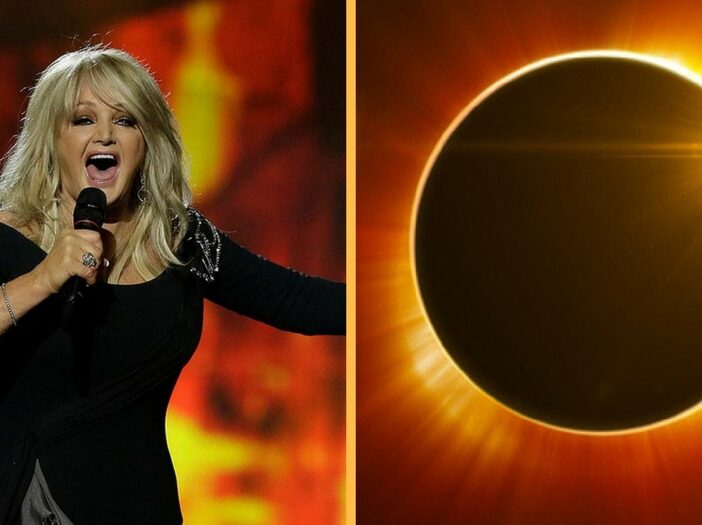
I WON’T BE IN THE PATH OF TOTALITY BUT STILL WANT TO SEE IT. ARE THERE GOING TO BE ANY LIVE STREAMS?
Yes, definitely. NASA will be hosting an “Eclipse Megacast” on August 21st for about four hours. The show will broadcast on NASA TV, the agency’s own channel, as well as Ustream and YouTube; it will likely be picked up by other TV stations, as well. And expect NASA to have some incredible views of this event: the agency is going to observe the eclipse with numerous satellites. Plus, the astronauts onboard the International Space Station will be passing over the eclipse three times on their orbit, taking photos. Meanwhile, on Earth, dozens of telescopes will be aimed at the eclipse, and pilots flying NASA’s WB-57F research jets will be chasing the eclipse shadow with telescopes mounted on the planes’ noses.
There are other live stream options, as well: the Eclipse Ballooning Project — a collection of students from colleges, high schools, and other groups — will be sending up 55 high-altitude balloons during the eclipse. The balloons will be carrying various instruments, including some cameras that will live stream the event here.
And of course, there are apps you can download, including the Total Solar Eclipse 2017 App from the Exploratorium museum in San Francisco. Heck, you can even watch this thing in VR with CNN’s live stream.
But if you’re in the United States, maybe just go outside for a minute, too.
WHAT IF I’M OUT OF TOWN AND MISS THIS ECLIPSE? CAN I SEE ANOTHER?
Yes! The next total solar eclipse is slated for 2019, though that one will track mostly over the Pacific Ocean and the southern portion of South America. But in seven years, another total solar eclipse will pass over the US again. This event, slated for April 2024, won’t cross from coast to coast, but it will travel up through Mexico and cover a significant portion of the eastern US.
Still, that’s a while from now. For a more instant eclipse fix, it may be best to stay in the US on the 21st.
(SOURCE: THE VERGE)
